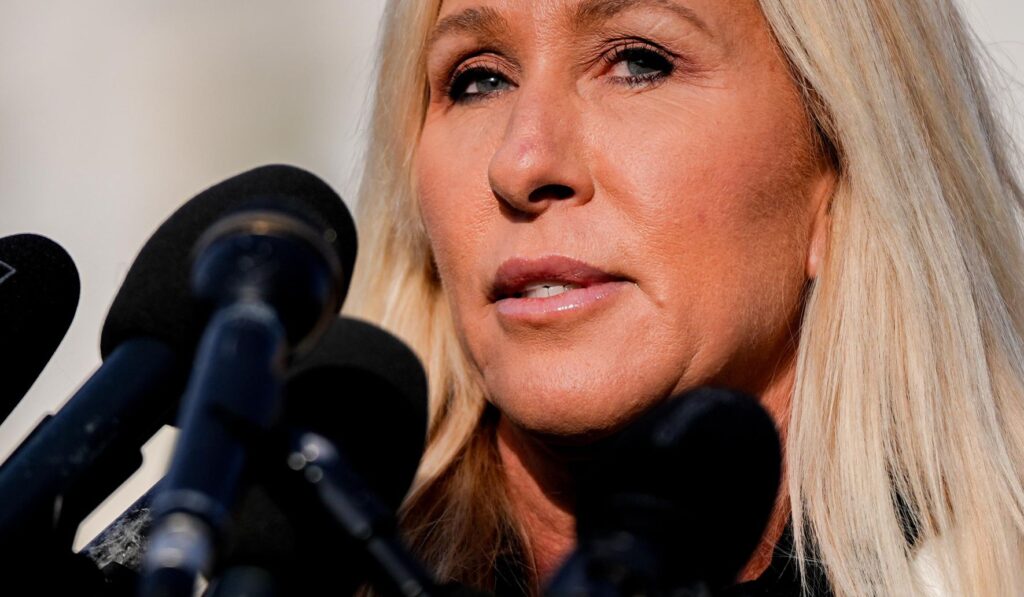Rep. Marjorie Taylor Greene announced her resignation from Congress effective January 5, a move that has opened up a fierce debate inside the MAGA coalition and highlighted growing tensions between different wings of the conservative movement.
The resignation lands at a consequential moment for the GOP. It is not just one member leaving; it is a public fracture that forces Republican voters to reckon with what the movement stands for and who speaks for it.
Greene’s decision, effective January 5, creates an immediate practical problem for House Republicans. Losing a seat reduces margin and hands opponents a fresh talking point about instability and infighting among conservatives.
At the same time, the move lays bare a deeper strategic divide. One side wants aggressive outsider tactics and unapologetic rhetoric, while another favors a disciplined, coalition-building approach aimed at holding power and passing conservative policy.
Supporters of Greene see her as a fighter who pushed back against the political class and stayed true to the causes that brought many voters to the party. They view her resignation as a loss of a bold voice that energized a base tired of cautious conservatism.
Critics inside the party argue that confrontational behavior can be counterproductive, giving the media and opponents easy narratives and jeopardizing broader conservative gains. That tension has been simmering for years and now runs through leadership rooms and campaign strategies alike.
The split with President Trump adds another layer of complexity. Trump remains an influential figure whose endorsements, criticism, and public posture shape GOP dynamics. This rupture signals that influence has limits and that personalities can collide even within aligned political circles.
For many grassroots conservatives, the row is less about personalities and more about principles. Issues like border security, lower taxes, strong national defense, and judicial appointments remain central. The question now is which tactics best secure those ends without sacrificing the movement’s energy.
On the ground, the resignation will trigger a special election or appointment process depending on state rules, and that contest will be a test of which wing of the movement can mobilize voters and donors. Candidates will have to clearly define where they stand on both style and substance.
National Republicans will watch closely because seat changes shape committee balance and legislative agendas. Even one vacancy can complicate narrow margins and alter the calculus for must-pass bills or strategic votes.
The episode also raises questions about media coverage and selective outrage. Conservative activists argue that establishment-friendly outlets amplify internal disputes while downplaying policy wins, and that fuels cynicism among voters who want action rather than internecine drama.
Yet the party cannot ignore optics. Effective governance requires coalition discipline, message control, and a willingness to make tradeoffs. That means leaders and insurgents alike must find ways to work together without erasing their distinct priorities.
Looking ahead, the GOP will face multiple decisions that flow from this moment. Candidate recruitment, primary rules, and how to handle public criticism among allies are all now on the table. The choices made in the coming months will shape whether the party projects unity or continues to fracture.
Republican voters are evaluating which approach produces results. Some will double down on confrontational figures who promise no compromise, while others will back a steadier route that aims to win elections and implement conservative policy over the long run.
Whatever direction the party takes, the resignation effective January 5 will be remembered as a turning point in the internal debate over strategy and leadership. It is an inflection point where practical politics meets ideological passion, and the outcome will matter for the movement’s future.



